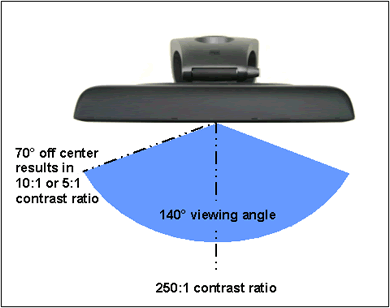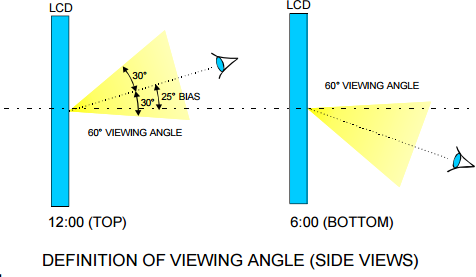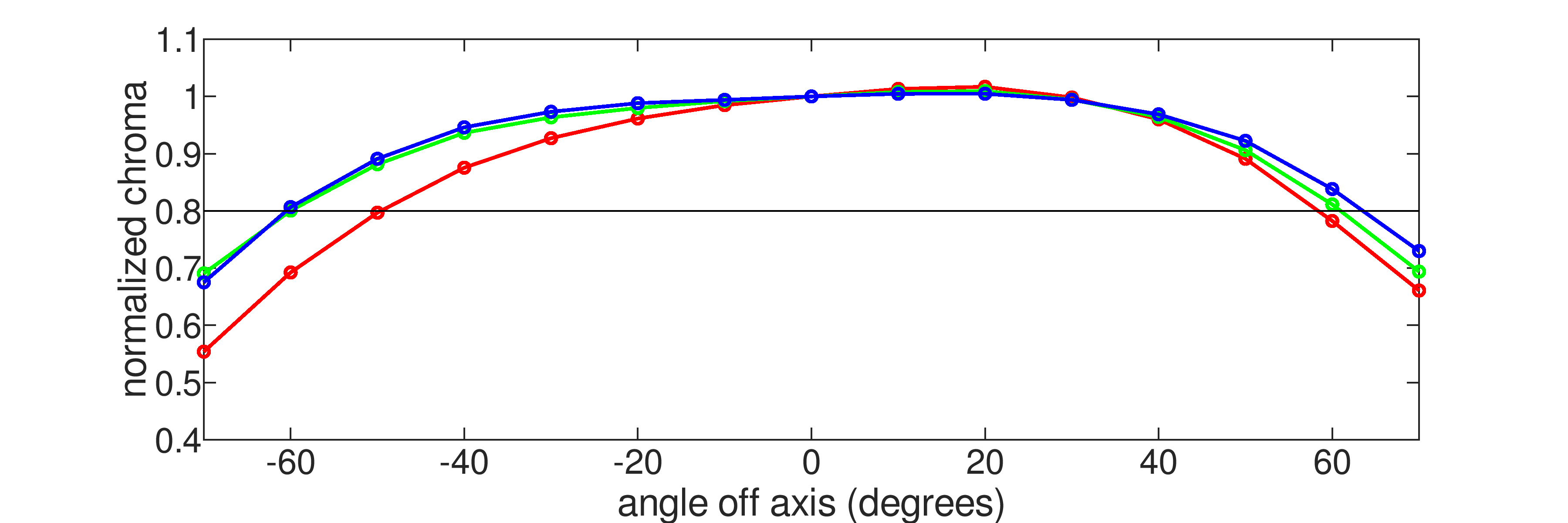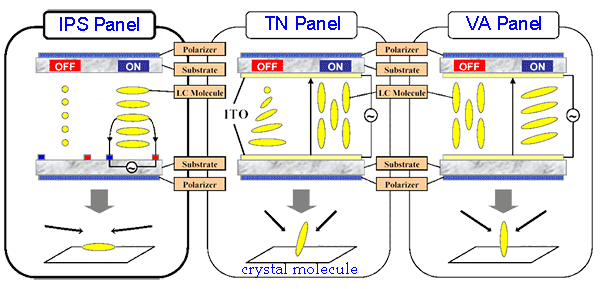When choosing an LCD display, the viewing angle is a crucial factor to consider. It directly affects the viewing experience, especially in situations where the screen is shared among multiple people or viewed from different angles. This article aims to provide a detailed explanation on how to differentiate the viewing angles of LCD displays, assisting users in making more informed choices.
1. Definition and Importance of Viewing Angle

The viewing angle refers to the range of angles within which screen content can be clearly viewed, under specific visual requirements. This includes two aspects:
Contrast: Typically, a 10:1 contrast ratio is required.
Gray Scale: There should be no gray scale inversion.
The angle at which the contrast ratio reaches 10:1 without gray scale inversion is defined as the viewing angle.
2. Working Principle of LCDs

LCD screens work through a light transmission mechanism. Light passes through the liquid crystal layer at nearly perpendicular angles, hence, the best visual effect is usually directly in front of the screen. When the viewing angle changes, the angle at which light enters the eyes also changes, causing display content to distort or darken. Beyond a certain critical angle, the screen content becomes difficult to discern.
3. Categories of Viewing Angles

Viewing angles are mainly divided into two categories:
Horizontal Viewing Angle: Refers to the range within which content can still be viewed normally to the left or right of the screen's vertical normal (i.e., the vertical line in the middle).
Vertical Viewing Angle: Refers to the range above and below the screen's horizontal direction within which images can still be viewed normally.
4. Viewing Angle Differences Among Panel Types

TN Panels: These panels have a relatively small viewing angle. Improved TN+film panels, with compensation film, have enhanced viewing angles, but still experience distortion or color shifts when contrast decreases.
VA Panels: Commonly used in high-end LCDs, these wide-angle panels usually have a larger viewing angle (about 170°) and high contrast (up to 3000:1), making text display particularly clear.
IPS Hard Screen Panels: Offer the widest viewing angle, up to 178 degrees. These panels have almost no color distortion, providing a consistent viewing effect from both front and side angles.
The 8 inch displays might be affected and delay for an accident.
New iPhone 13 Series will use On-Cell OLED Displays. And it that will be launched in the second half of this year will be exclusively supplied by Samsung Display (SDC)
This is the project management of how sinocrystal handle your customized project relate to displays.
Discover the key factors to consider when choosing an LCD display for your project, including size, resolution, interface, brightness, and customization options from a factory-direct manufacturer.
Discover the latest innovations in rugged LCD displays for harsh environments — from extreme temperature resistance to sunlight readability and waterproof designs. Factory-direct manufacturing with full customization.
A complete guide to LCD display connection methods, including SPI, I2C, RGB, MIPI, LVDS interfaces and physical mounting options. Learn how to connect monochrome and TFT LCDs to your development board or product housing.
This week, we had the pleasure of hosting an esteemed international client at our LCD display manufacturing facility in Dongguan. Guided by our team, the client visited key production areas such as the fully automated COG bonding line, backlight assembly area, full lamination workshop, and final product aging test section. They highly appreciated our production capacity, strict quality control, and engineering expertise. This visit strengthened mutual trust and set the stage for future collabora